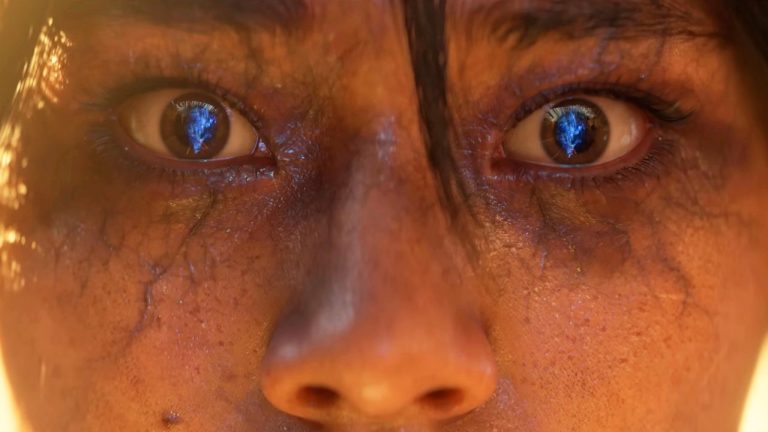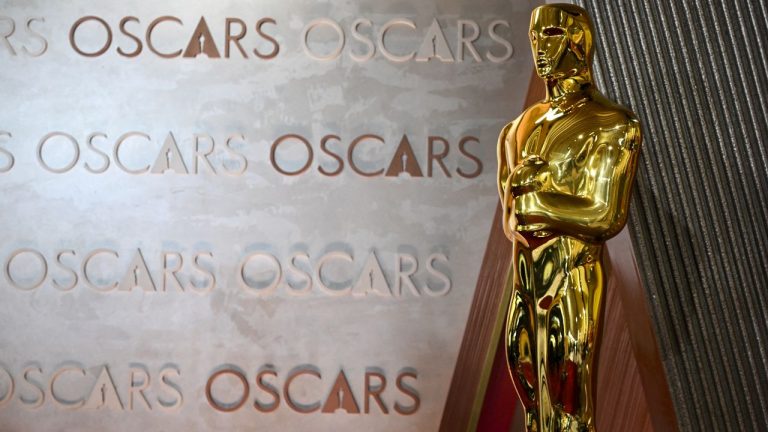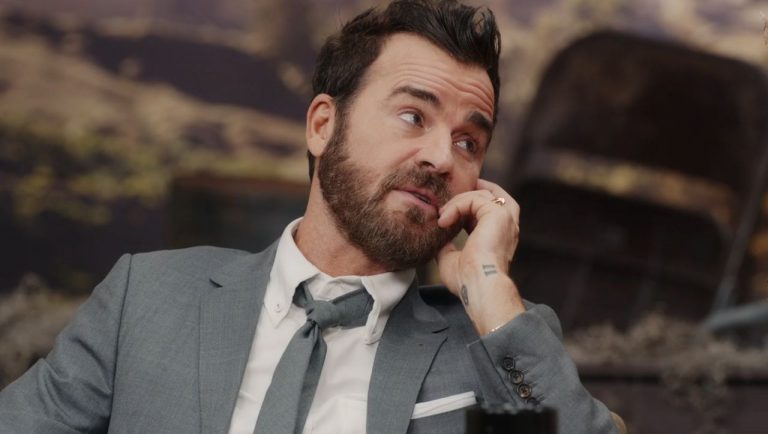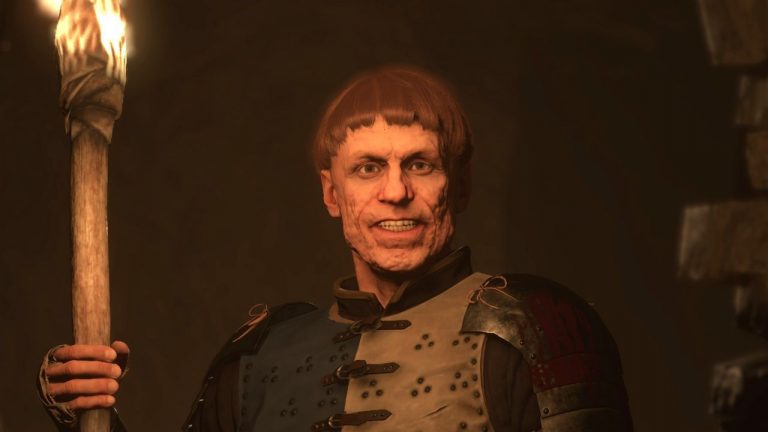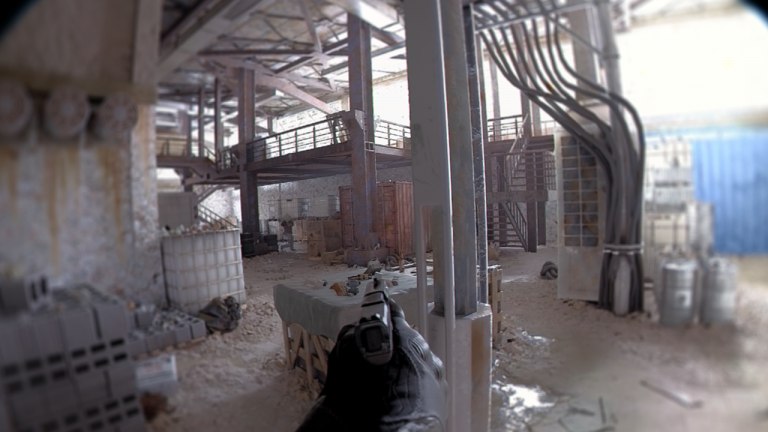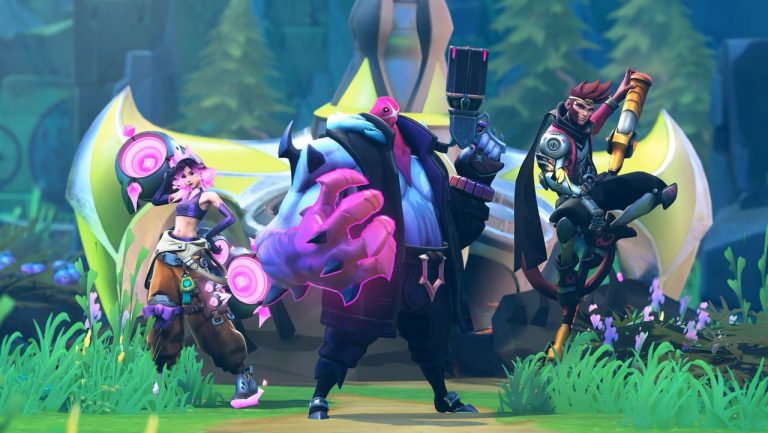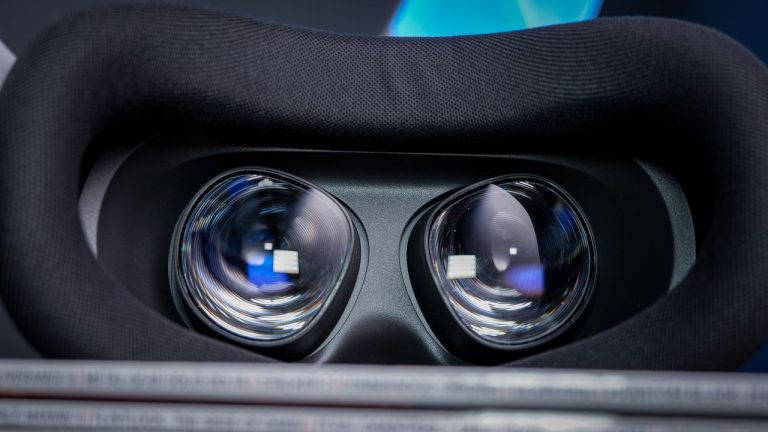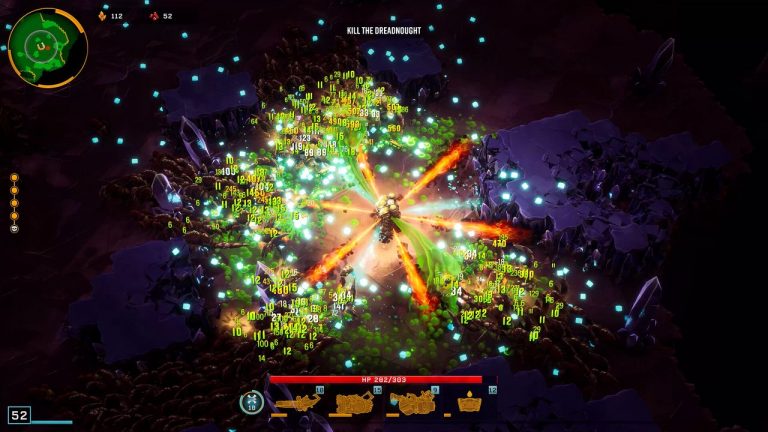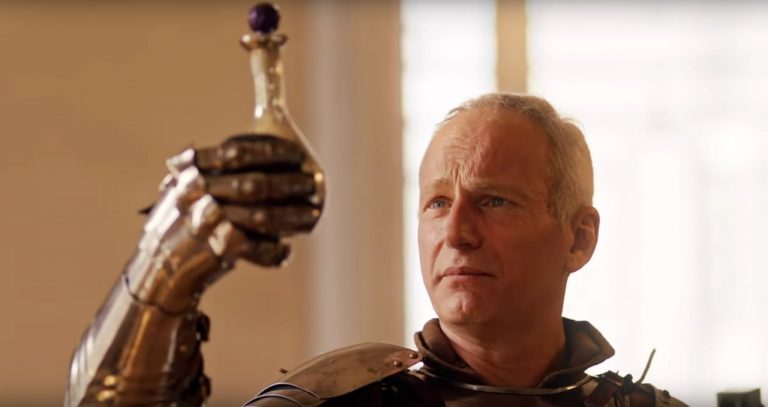With any transaction, there’s an exchange of goods and services. It used to be black and white in gaming – you pay money upfront, and you have that game. Done and dusted.
But it’s not quite that simple anymore. With more types of games, devices, and models entering the market, that exchange of goods is becoming a blur. Today’s big topic is people complaining about the price of games for what they’re getting. But why is that? Are studios becoming too greedy? Or are business models evolving so quickly that players can’t keep up with the trends? And what can you do to keep your games equitable and your audience happy?
Games have always been expensive
The first console to hit the stores was the Magnavox Odyssey. It was $99. That equates to just under $700 in today’s market, and it came with twelve games. Seems fairly pricey. But you can see their reasoning for something that was a completely new piece of technology.
Let’s fast forward to the 90s. The PlayStation 1 was released in 1994 and cost around $299. Today that would equate to over $700. Once again, publishers could charge that much because it was new technology with mind-blowing graphics.
Back then, there was no downloadable content, campaigns, battle passes, liveops. There was only one transaction. And it was clear what you were getting. Yes, you can argue that even that’s expensive. But it was transparent; then the price can’t be an issue, right? Players have been spending hundreds of dollars on their games for years. And with inflation, games aren’t that expensive compared to a few decades ago(at least, games that are one-off payments).
Gaming is much more complicated now
The gaming world has evolved. Let’s break it down:
We have different device types: Mobile, PC, console, VR, Switch, and more.
We have more sub-genres and game types: We can find all types of different genres in the stores. Take role-playing games as an example; we have ARPG, MMORPG, Strategy RPG, Tactical RPGs, and a range of hybrid genres.
We have different audiences and preferences: We only thought of a gamer as a teenager on the PlayStation. But with the increase of genres and technology, almost anyone could be considered a gamer.
Games are now a service: Not many studios end development when they launch their game now. Many, if not most, pump time and resources into regular new content to keep their players engaged. And that needs to be funded.
All of this meant we needed new monetization models. It didn’t make sense to always pay upfront for a game. There had to be a different exchange. Free-to-play games gave birth to the ads monetization model 10 to 15 years ago, and players accepted that exchange (to an extent – too many ads and the exchange starts to feel unfair).
“Each customer is an individual, not a generalized demographic.” – Peggy Ann Salz.
Options are a good thing. We don’t deny that, especially in today’s market. What we’re talking about is a fair exchange. Are developers losing sight of that? Are they focusing more on money than the experience?
What do we consider to be a ‘fair exchange’?
You can argue that a fair exchange comes down to the individual. Their taste and preferences, their income, and how much they value art. A $70 game for a ten-hour campaign could be expensive to most gamers – but to the lifelong fan, it could be nothing.
But there’s definitely a benchmark in the industry. When paying that much for a premium game, you can expect the campaign to be at least 30 hours or so, with some extra side quests. If your game is any less than that, it could be considered a rip-off. The key here is setting expectations. What is the other value you’re offering? And does your player know that?
There are three primary areas to consider:
Gameplay Length
Overall price
Quality (this could be the graphics, story, mechanics, etc).
You want to try and hit two out of three. AAA games have a longer overall playtime and are higher in quality. But they’re not cheap. That seems fair. “Okay, I’m getting a really cool game with lots of gameplay and mechanics and graphics. I don’t mind spending more money on this.” There’s a value to the exchange. The same applies to casual games. They’re lower quality with simple gameplay, have loads of replayability, and are either free (or with ads) or very cheap (around a couple of dollars).
There’s a problem in our industry
Whether we call it corporate greed or just a lack of critical thinking, we’re seeing more developers push the boundaries for pricing, and underdelivering in gameplay. Let’s have a look at some examples and ask ourselves: “Does this feel like a fair exchange?”
Overwatch 2 locks content behind battle passes
There was a lot of hype over the last few years for Overwatch 2. We were promised story-led campaigns, skill trees, customizable character abilities, and more. When they released the title, they made it free-to-play, with battle pass options (similar to games like Fortnite and PUBG). In theory, this all sounds good. But we found three issues:
1. They shut down Overwatch 1
Players could no longer play the original game, which was a paid title. Sure, they got Overwatch 2 for free, but so did other players who didn’t have the previous game. It’s easy for those legacy players to feel shortchanged.
Rather than rewarding their loyal players, they instead punished new players to Overwatch 2. For completely new players who don’t pay, they have to play to unlock certain characters – even ones from the original game. From what we can see from this interview, a new player has to go through 150 matches to unlock Echo from Overwatch 1.
2. They’ve locked new characters behind their battle pass
In Overwatch 2, you can unlock characters in one of two ways: pay for the battle pass or grind to unlock them. The latest character unlocks after reaching level 55 (around 60 hours of gameplay). Yes, players who couldn’t afford to pay could get the character. But Blizzard sure didn’t make it easy for them, putting those people at a disadvantage. And their players weren’t happy about this.
3. They didn’t deliver on what they promised
Unfortunately, a lot of the content and features they promised weren’t in the game during launch. Aside from new characters, maps, and a cleaner user interface, there wasn’t much difference between the two games. Which frustrated a lot of players.
Is this a fair exchange? No. From what we can see, the approach they’ve taken has annoyed their players into spending their money or pushed them away entirely.
Diablo IV charges one-off payment and offers battle passes
When we heard that Blizzard decided to release Diablo IV as a full AAA game, but with a battle pass option on top, we definitely raised an eyebrow. Usually, games are either free with battle passes or have a one-off payment but no battle passes (as we can see with Overwatch 2 and similar games).
Diablo IV, recently released on all major platforms and goes for around $70. And they have just released their first battle pass. From what we can see, it has three tiers:
Free to play: With 27 tier rewards and 20 smoldering ashes.
Premium: With 63 tier rewards (costs around $10 a month), an armour set and two mounts.
Accelerated: Same as premium, but also provides 20-tier skips and a special cosmetic item.
Is this a fair exchange? We reckon so. They haven’t locked the free players from anything too important. But we’ll know more when we see more of their reviews.
And if they release content for the paid players as well, then it could work. For example, if they release new classes or core mechanics to everyone, but leave purely cosmetic stuff to the subscribers – that could be fair.
Cyberpunk launched with too many problems
We’ve heard this story all too often now. When CD ProjekT Red launched Cyberpunk 2077, it was a bit of a disaster. The amount of bugs and broken promises inside the title was laughable.
But what was the real problem here? Aside from launching far too early, the biggest problem was the price. If you’re charging someone for a premium game, you’d expect a premium experience.
Is this a fair exchange? No. Maybe if they released it as early access to iron out bugs, postponed the launch until the issues were fixed, or reduced the price, then it would have been fairer. But players around the world were rightfully annoyed and felt ripped off.
Grand Theft Auto: Definitive Edition costing $60
When Rockstar Games announced that they would be remaking their classic trilogy, players were thrilled. Unfortunately, when they released the remake (Definitive Edition), we saw a lot of backlash online. The titles were marred with poor graphics and bugs.
Since the launch, the studio has released a lot of updates and fixes. But the biggest issue we can see is that they just didn’t meet players’ expectations and charged a high amount for a quick facelift (ranging from $59.99 to $69.99, depending on the console).
Was this a fair exchange? No. Players were left disappointed with the poor graphics and overall price. So much so, a player remastered San Andreas themselves, quoting “Rockstar didn’t do a very good job.”
If Rockstar had set more realistic expectations, delivered what they promised, or even lowered the price, then the exchange would have been much fairer.
How can you keep your game fair?
There’s no right or wrong answer here. It really does depend on what feels fair for your players and your studio. But to give you some direction, you can follow these rules as a guide:
1. Don’t lock important content behind passes
You want to make sure there’s value in your battle passes, otherwise why would someone buy it? But don’t screw over any of your other players. As we can see with Overwatch, it can create a negative experience for a large chunk of your audience, which can harm your studio in the long run. Instead, think up creative ways to reward your paying customers. Collectables, skins, and emotes are a good place to start.
2. Don’t release half-baked games at full price
We’re used to seeing the odd bug here and there. But if your game has some serious performance issues, then don’t launch it. The creators behind Baldur’s Gate 3 actually handled this quite gracefully. They perfected the first part of their game, released it as early access, and kept their community informed about the full release. It was a great way to create hype for their game, while also gathering crucial feedback, and keeping their audience happy.
3. Set realistic expectations
Too much hype for your game can be your downfall. Cyberpunk’s marketing campaign was so good, players were excited for years. Only to be disappointed when the game was released with only half of the promised features. As for Grand Theft Auto, if they were a bit more honest or open with what they were creating, perhaps players wouldn’t have reacted so negatively.
4. Be transparent with what you’re charging
With more complex models, it’s easy for players to get lost or confused. Nintendo is under fire at the moment and has been accused of using “dark patterns” to encourage players to spend money without them realizing it. So make sure your players know what they’re doing and buying. Diablo Immortal is also currently feeling the heat for their microtransactions. Their community were left shocked and frustrated with the game’s legendary gem upgrades and how unclear the game’s monetization model has been. Someone did the math and reported that it can cost up to $110,000 to fully upgrade a character in Diablo Immortal, all due to their new gem system. If that’s the case, it doesn’t feel particularly worth it.
5. Don’t punish your players
If Blizzard changed their approach to rewarding existing and new players, then Overwatch 2 could be a much more positive and enjoyable experience. Let’s look at rewarded ads: you watch a video to earn more coins or another life. But you can take it a step further. Homa Games have actually made item upgrades unlockable in their game Aqualand by watching ads. Suddenly making those ads a lot more desirable and fair.
Similarly, Tennis Clash actually uses ads to mitigate losses and amplify wins. If a player loses a match, they can watch an ad to recoup their lost coins. But if they win a match, they can watch an ad to double their winnings.
Test to see what works
We’ve shown a lot of AAA and premium game examples, and we appreciate that mobile games can be more complicated when combining so many monetization techniques. So data is crucial for understanding and perfecting your models. Maybe you can charge $1.99 for your game and still show ads. Or perhaps you can rely solely on subscriptions and charge $20 a month. Without testing the waters, looking at your data, and listening to your players, it can be tricky to figure out what your game is worth and what will make for a fair exchange.
If you want to get more out of your game’s data, sign up to our tool today (for free!).



